Particular earnings types are specified by the ATO as Ordinary Time Earnings (OTE) and these OTE earnings form an employee's "earnings base".
Employer superannuation contributions must be paid on all Ordinary Time Earnings to avoid the superannuation guarantee charge (SGC).
When calculating superannuation it is important to check whether each payment type is specified as OTE as some may not be obvious. For example, shift loadings and allowances are included in OTE but overtime payments are not.
OTE indicator on Earnings Types and Allowance Types
Some of the information to be sent to the ATO as part of Single Touch Payroll reporting relates to Ordinary Time Earnings (OTE).
You can define whether each Earnings Type and Allowance Type in Marlin HR is to be treated as OTE simply by ticking the Ordinary Time Earnings (OTE) checkbox (select System > Earnings or System > Allowances from the menu).
Ticking the OTE checkbox will cause the Earnings or Allowance type to be included in the calculation of employer superannuation contributions and in the calculation of leave accrual entitlements (if the Pro Rate checkbox is ticked on those leave entitlements).
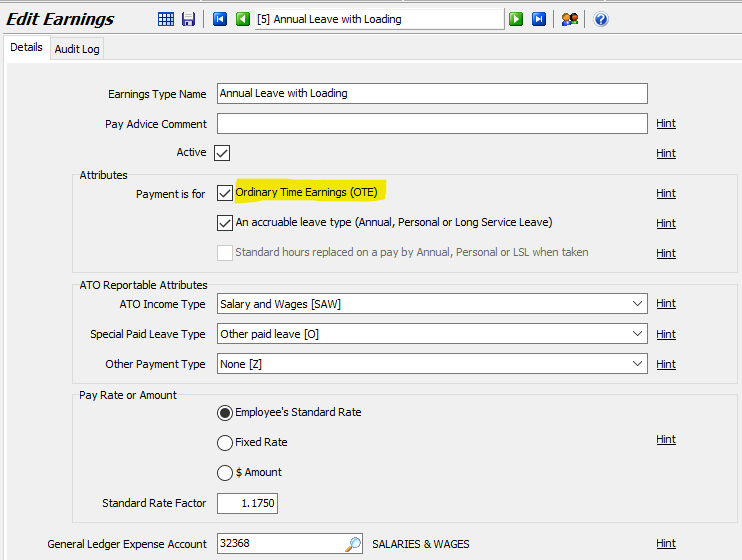
Salary or Wages? / OTE?
The lists below are from the ATO website. Please refer to the ATO or Workplace Info websites for current information.
Awards and Agreements
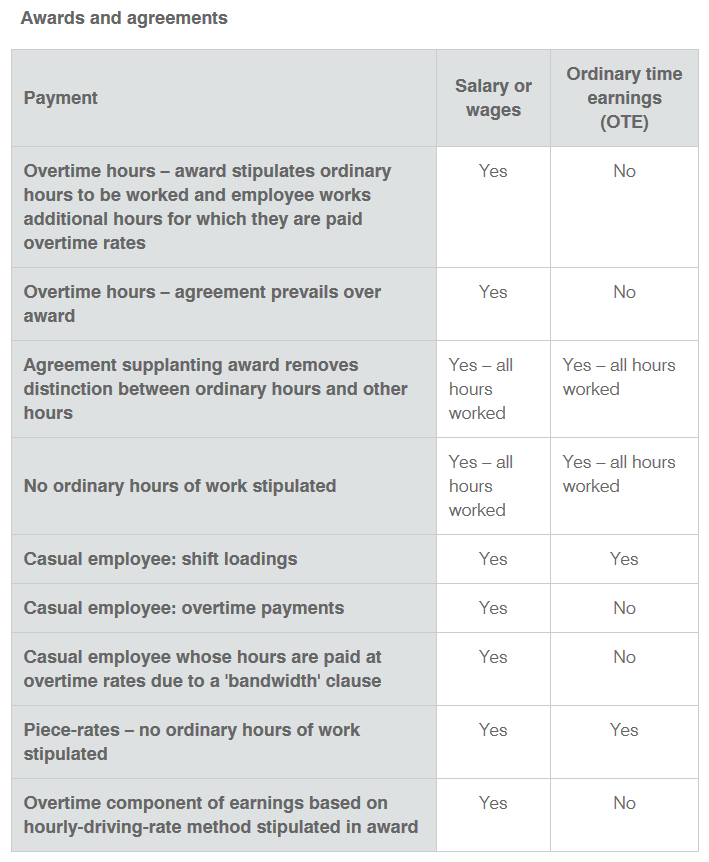
Allowances
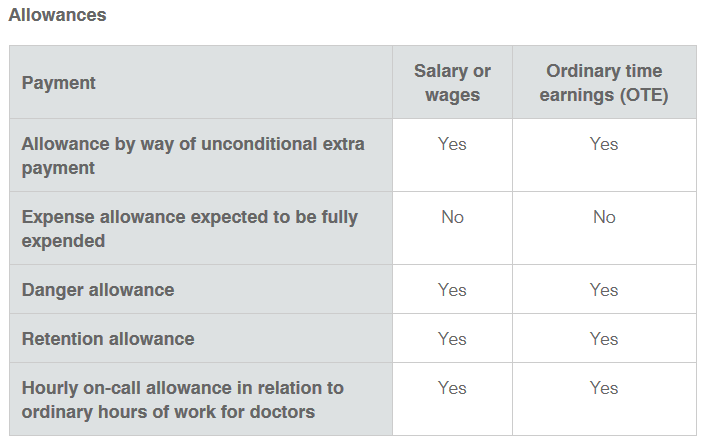
Expenses
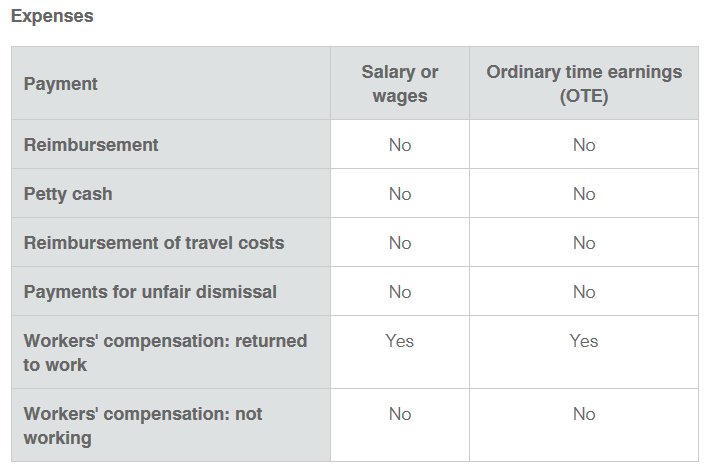
Leave
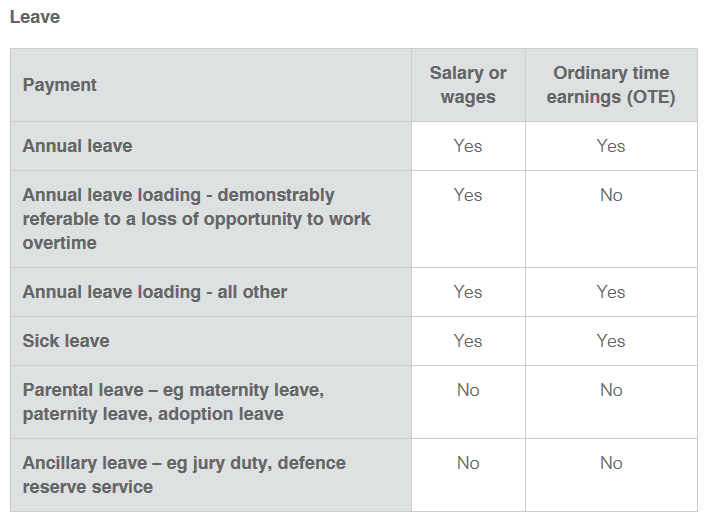
Termination Payments
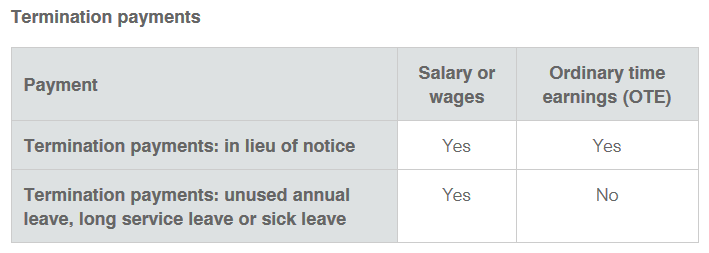
Bonuses
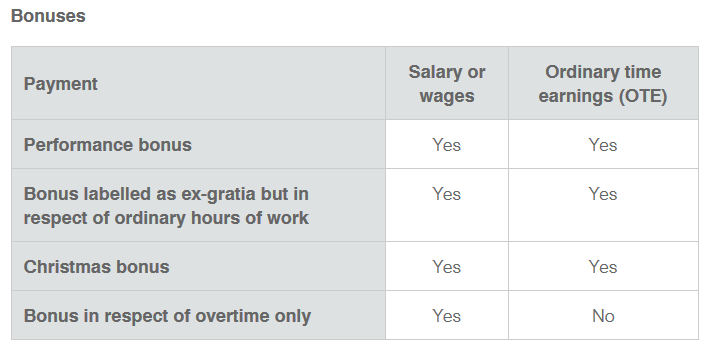
More Beneficial Terms - Awards/Agreements
Where an award or agreement has superannuation entitlements more beneficial than those prescribed by the Superannuation Guarantee legislation, an employer must comply with the award or agreement.
Where an employee’s contract of employment with a definition of OTE under their individual contract of employment that provides a more beneficial outcome with respect to employer superannuation contributions will prevail over the SG Ruling.
Cashed Out Leave
Cashed out annual leave or long service leave is included in an employee’s ordinary time earnings for the purpose of calculating the Superannuation Guarantee’s 9.5 per cent employer contribution.
An employer should also refer to the applicable modern award, enterprise agreement, or the terms of the employee’s contract of employment to check whether a more beneficial definition of OTE applies.